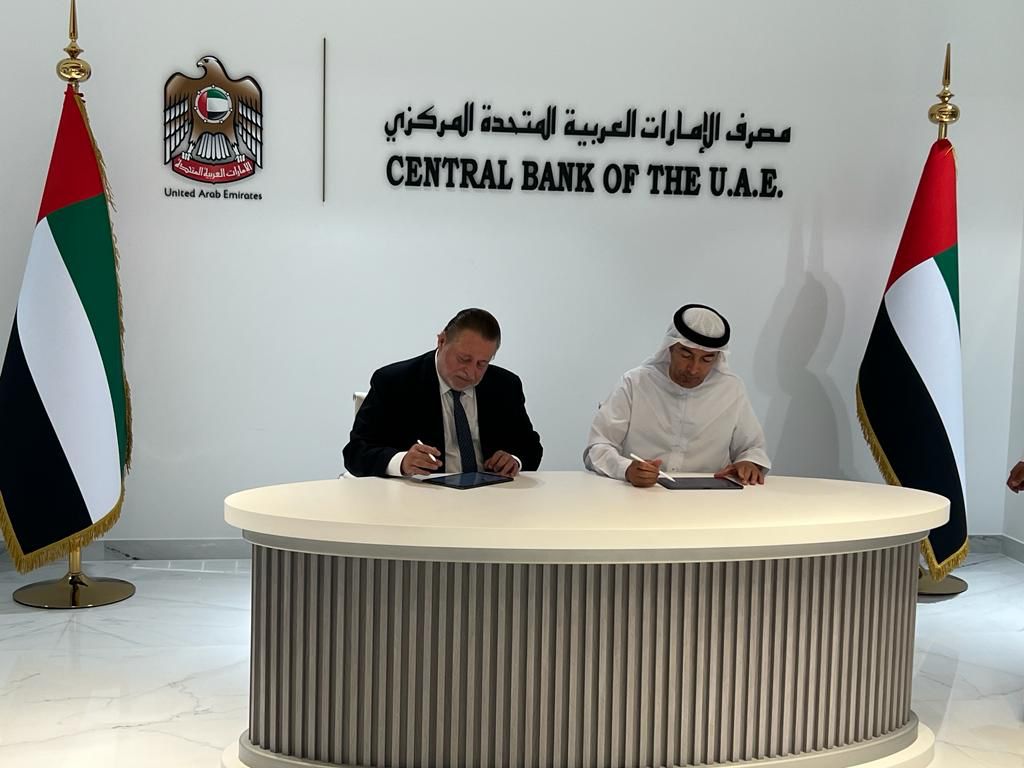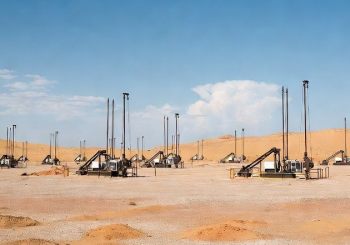This is the fourth article in the series ‘Egyconomy’ by Egyptian Streets, where Marina Makary explores current trends and debunks popular misconceptions surrounding the Egyptian economy.
The Central Bank of the UAE (CBUAE) and the Central Bank of Egypt (CBE) signed a bilateral currency swap agreement involving the UAE dirham and the Egyptian pound, last Thursday, 28 September
Inked by Governor of the CBUAE Khaled Mohamed Balama and Governor of the CBE Hassan Abdalla, the agreement allows the two central banks to exchange up to USD 1.36 billion, roughly AED 5 billion and EGP 42 billion.
“In line with the efforts of the UAE and Egypt’s leadership to collaborate more broadly across multiple areas, the CBUAE is keen to deepen its cooperation with the CBE to achieve common interests, positively impact the trade, investment and financial sectors, and enhance financial stability,” Balama said in an official statement.
During signage with His Excellency Khaled Mohamed Balama, Governor of the Central Bank of the United Arab Emirates (CBUAE) #CentralBankUAE, both countries have entered into a Bilateral Currency Swap Agreement between the Egyptian Pound (EGP) and Dirham (AED), which will allow the… pic.twitter.com/F32OM1zotS
— Hassan Abdalla حسن عبد لله (@HAbdalla_) September 29, 2023
According to Investopedia, currency swaps are financial agreements between two parties to exchange an amount of one currency for an equivalent amount of another currency.
This agreement reduces the burden of importing goods and services to Egypt in US dollars. By creating bilateral financial transactions in other currencies, Egypt will lessen its dependence on US dollars. For example, Egypt will not need to pay for fuel and petroleum imports in US dollars in the context of the currency swap.
The Egyptian economy has been struggling with an unprecedented shortage in foreign currency. With three devaluations since March 2022, the Egyptian pound has lost almost half of its value.
As a result, the Egyptian government and the CBE have been exerting efforts to support the ailing economy.
This is not Egypt’s first currency swap. In 2016, China and Egypt signed an 18 billion yuan (USD 2.62 billion) three-year bilateral currency swap. In a visit to Beijing recently, Abdalla discussed the possibility of another currency swap with China.
In August 2023, Egypt, alongside five other countries, became the newest members of the BRICS bloc — a group of emerging economies that includes Brazil, Russia, India, China, and South Africa. The move aimed to help Egypt meet foreign currency crunches and budget deficits. As a member of BRICS, Egypt can ask to buy US dollars using its local currency to meet emergency shortages in its foreign currency reserves.
As the largest international investor in Egypt, the UAE has a strong trade, political, and economic relationship with Egypt.
Subscribe to the Egyptian Streets’ weekly newsletter! Catch up on the latest news, arts & culture headlines, exclusive features and more stories that matter, delivered straight to your inbox by clicking here.







Comment (1)
[…] post What Does the Recent UAE-Egypt Currency Swap Mean for Egypt’s Economy? first appeared on Egyptian […]